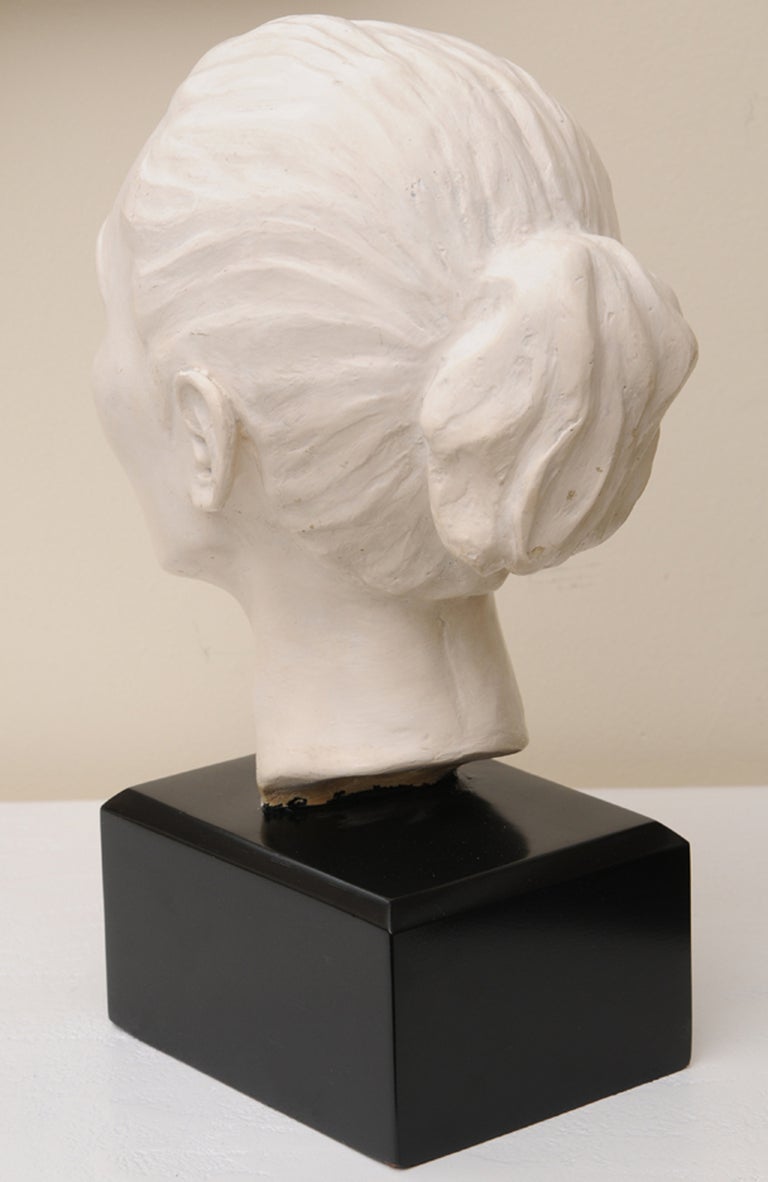

A cast of David’s head in the process of being removed from its mould, in the studio at the Plaster Cast Workshop of the Royal Museum of Art and History, Belgium

The process I used differs in that I had to destroy the original clay relief to produce my negative mould, whereas the casts in the museum collection were made from moulds that could be removed without damaging the original work. Once the object has been cast from this mother-mould, the piece-moulds can be easily removed one by one, to create a cast of the three-dimensional object. These pieces are held together in the so-called mother-mould, in order to create a mould of the whole object. For more complex objects, with a raised surface (such as for David below), the mould would have to be made from many sections, known as piece-moulds. Today moulds continue to be made in plaster, and silicone is often used as a quick and effective alternative, but the process of casting differs little from the 19 th century practice.įlatter, smaller objects in low relief (such as my clay relief) usually require only one mould to cast the object. In the 19 th century moulds were often made from plaster, but could also be made from gutta percha, gelatine, or clay. This simple casting technique demonstrates the basic process of mould making, and a similar technique would have been used to create the casts on display in the Cast Courts.

This process had to be undertaken very carefully so as not to damage the negative plaster mould below, and I used a paintbrush and water to remove very small pieces of clay and to clean the mould afterwards.įigure 5a.The back of my clay relief protruding from the plaster mould. Using a wire ended tool, I was able to carefully dig out the clay to reveal the mould below. Once the clay was completely and thickly covered with plaster, I returned to it a week later to remove the clay from the plaster mould. A plaster mould surrounding my square clay relief. I then covered the relief in layers of plaster, allowing each layer to dry before re-mixing and applying new layers of plaster to create a solid mould (see below). This involved carefully mixing plaster with water, allowing it to slowly thicken until it became a workable consistency (the thickness of custard!). Once we had completed our relief we then cast it to create a mould. The eventual aim was to cast the relief, so our tutor also encouraged us to create a wide variety of surface textures and depths protruding into and out of the relief surface.įigure 3. These tools can be used to help build forms and add fine detail where fingers cannot, draw in the soft clay, and practically can aid in the removal of excess clay. We used a range of modern sculptural tools, which remain almost identical to those used traditionally by sculptors to create work in the museum’s collection (see Fig.1). In the second session we made a square relief in clay, and our tutor encouraged us to experiment with types of mark making. This session involved the continual making and re-making of different shapes, and was a fun start to the course forcing us to think spatially and materially rather than jumping straight to aesthetics and style. We investigated sculpture as both a subtractive and additive process, the importance of developing the structural integrity of the form and the spatial possibilities of a form, and we explored both the occupied and unoccupied spaces of the clay.
PLASTER SCULPTURE SERIES
In the first session we began by working in clay and made a series of small forms and shapes. A selection of a sculptor`s tools wood & metal including modelling tools, wire-ended cutting tool, chisels, rifflers and a large point chisel. Prior to this course I had never had the opportunity to work practically in the medium of sculpture, so I had great fun experimenting! Figure 1. In the latter weeks we were able to develop one of these skills through a small personal sculpture project. The course is designed to provide an introductory overview into a variety of basic sculptural techniques, and the initial sessions took the form of short projects to produce a series of small models or maquettes. I started as an Assistant Curator in the Sculpture department in April last year, and as a haptic learner I wanted to gain a better understanding of the range of materials and techniques used by many different sculptors. Last autumn I was awarded money from the Assistant Curator Training Fund to attend an ‘Introduction to Sculpture’ course at City Lit, an adult education college based in Covent Garden.


 0 kommentar(er)
0 kommentar(er)
